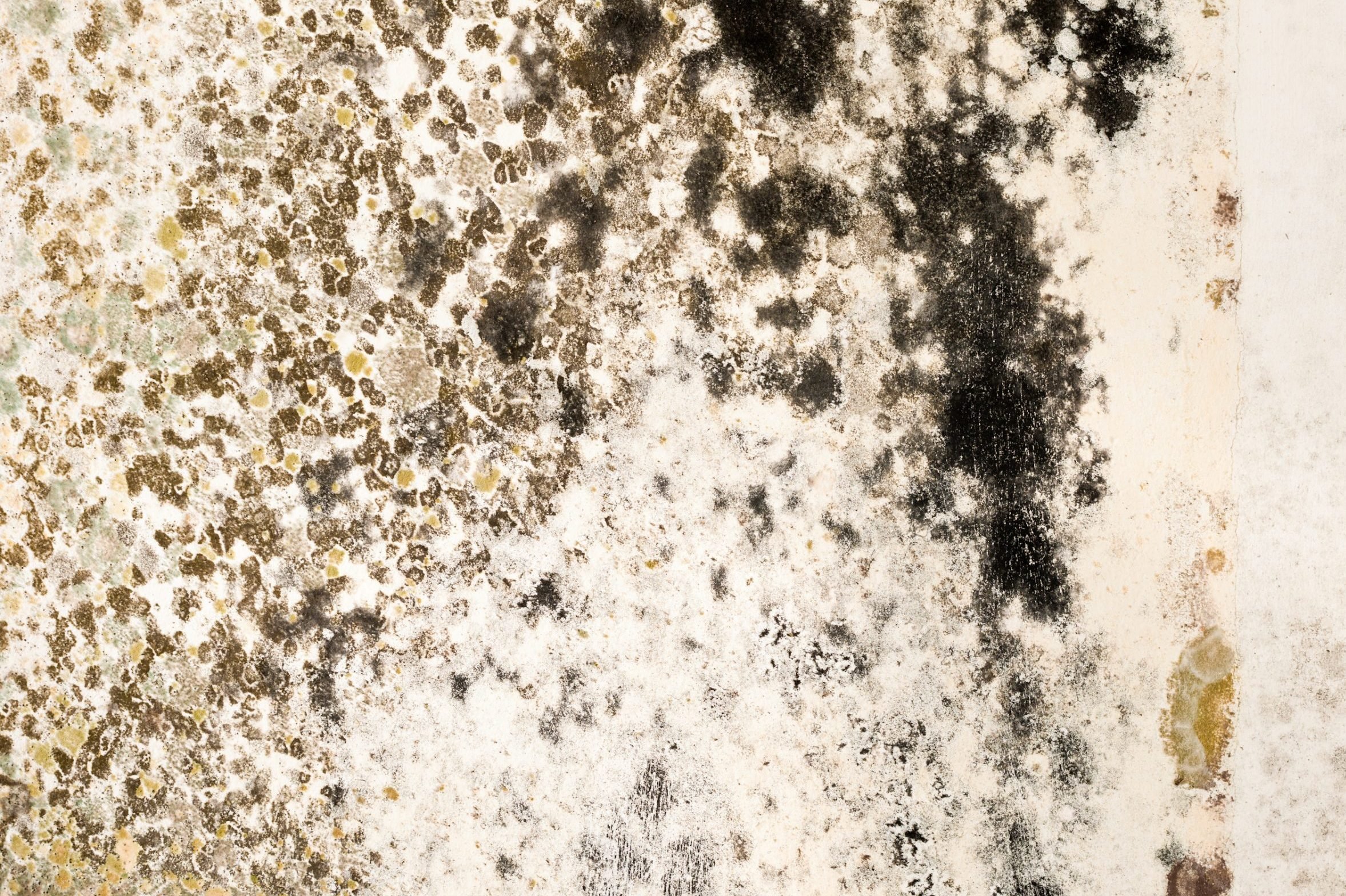Mold and mildew may seem the same, but they have a few surprising differences. Here's how to get rid of both for good.

What’s the Difference Between Mold and Mildew?

Mold and mildew are common issues that plague many households. Experts believe up to 70 percent of U.S. households have some kind of mold.
While mold is an unwanted and often unpleasant household guest, its effects go beyond the surface. Mold can cause asthma, allergies and upper respiratory infections. That’s why killing mold is more important for your health than you may think.
Mold and mildew, though similar, present different challenges to remove. Here’s how to tell them apart, and how to effectively get rid of mold and mildew for good.
On This Page
What Is Mold?
Mold is a fungi that grows and thrives where moisture and oxygen are present. Outdoors, mold can be found in places like soil, plants and dead or decaying matter. Indoors, mold growth can occur on wood, carpet, paper, foods and insulation.
What Is Mildew?
Mildew is a type of early-stage mold that generally grows on flat, moist surfaces. It tends to live on shower walls, windowsills and other places with high levels of moisture. Both mold and mildew are sometimes referred to as blight, fungus, must or decay.
Mold and Mildew, Compared
Although mildew is a type of mold, several key characteristics differentiate mold and mildew. Here’s how mold and mildew are different and alike.
Colors
Color is the biggest difference and the easiest way to tell the two apart. Mold is generally green, red, blue or black, while mildew is white or gray.
Texture
Texture is another key indicator. Mold takes on a slimy or fuzzy look. Mildew, on the other hand, tends to be dry or even powdery.
Height
One way to tell mold and mildew apart is their height. Mold is often raised, while mildew appears flat.
Causes
The same culprit causes both: moisture. Mold and mildew can grow in any damp environment inside or outside your home. Moisture sources like roof and foundation leaks, excessive interior humidity, overflowing washing machines and flooding create a potential breeding ground for mold.
Smell
Surprisingly, you can sometimes tell mold and mildew apart by smell. Mold tends to be more pungent, especially as it grows. Mildew has a milder, musty smell that some people compare to damp socks.
Temperature tolerated
Mold and mildew thrive in temperatures above 70 F. Because appliances generate a lot of heat, they’re optimal areas for growth. Mold and mildew typically stop growing when temperatures reach 140 F or higher, or when temps dip below 40 F.
Where they grow
Mold can grow on paper products, cardboard, ceiling tiles and wood products. It can also grow in leaky areas like roofs, windows or pipes. Paint, wallpaper, drywall. upholstery and dusty spots are susceptible as well. Mildew can grow in the same places, but prefers flat surfaces like untextured ceilings and shower walls.
How they spread
Mold and mildew are prolific reproducers. They spread by releasing millions of tiny spores invisible to the naked eye through air or water. Once these spores attach, growth can be extremely fast.
How To Clean Mold and Mildew
Mold and mildew require different cleaning methods. If you’re only dealing with mildew, remove it with a store-bought mildew cleaner and a good scrubbing brush. Simply spray, let sit for five to 10 minutes, then scrub away. Wipe off any remaining mildew with a clean paper towel or cloth.
Mold requires a more rigorous cleaning process, according to Zach Houghton, CEO of Loftera, a U.K.-based company providing construction and renovation services. You can try the method above for mildew removal or mix a homemade solution.
“A spray bottle containing two teaspoons of borax and 1/2 cup white vinegar can be used,” Houghton says. “Spread the mixture over the mold and leave it for 30 minutes to dry. In conjunction with the borax, the white vinegar will eliminate mildew and mold from the surface.” Then rinse the area with clean water and let dry thoroughly.
Houghton says you may need professional help to completely get rid of mold. “It is advisable to call an expert to inspect any mold problem you have in the long run,” he says. “Molds are still capable of producing toxic spores when dead, so even cleaning them doesn’t eliminate their harmful effects.”
How To Prevent Mold and Mildew
Luckily, there are several ways to prevent mold and mildew. Houghton suggests immediately removing if possible any household items or surfaces with mold or mildew growth, like ceiling tiles. Try to keep humidity in your home below 60 percent. You can manage humidity with a dehumidifier.
Cleaning your home at least twice a month can also prevent mold growth. Lastly, when cooking, washing dishes or cleaning, run exhaust fans to move moisture outside. If you notice leaks, immediately clean them up and make required repairs.




















